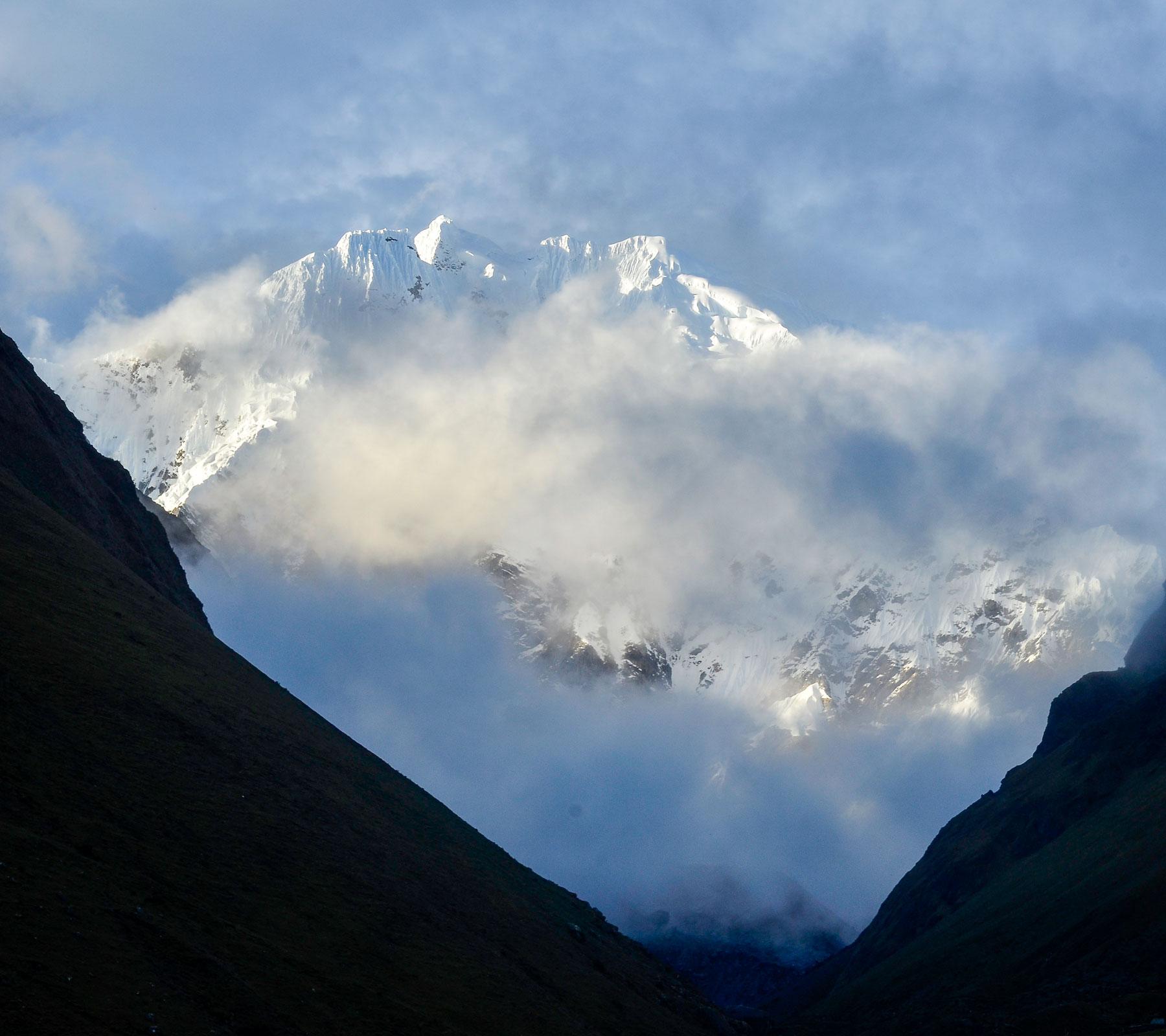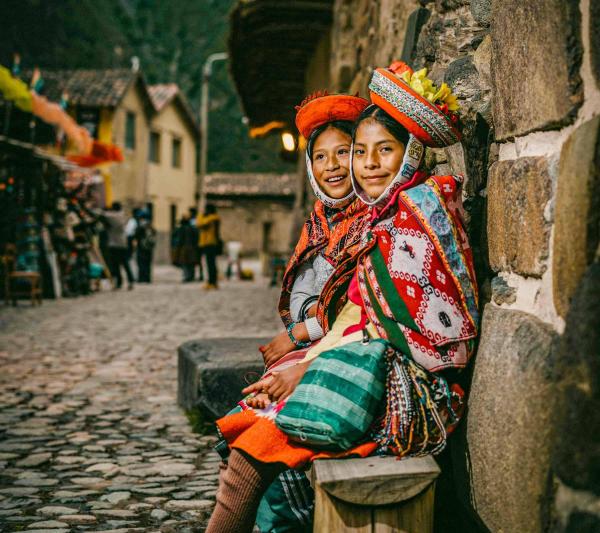Mount Salkantay: Exploring the Spiritual Significance in Incan Beliefs
Mount Salkantay is one of the high peaks in the Vilcanota mountain range of the Peruvian Andes. It is located near Soraypampa in the Cusco region. The Salkantay Pass reaches an elevation of approximately 15,091 feet (4,600 meters) above sea level, and the mountain’s highest peak rises to 20,574 feet (6,271 meters).
Mount Salkantay has long been one of the most revered peaks in the Peruvian Andes. Its name comes from the Quechua word "salqa," meaning "wild" or "untamed," which perfectly reflects its rugged nature and the awe it inspires. For centuries, this majestic mountain has held deep spiritual significance for the local Quechua people and the Inca civilization.
Mount Salkantay: The Sacred Guardian of the Andes
Since Inca times, Salkantay has been venerated as a sacred Apu, or mountain deity. These deities are believed to watch over the land, provide water for crops, and protect the people. Because of its imposing presence, Salkantay was especially revered as a powerful and mysterious guardian of the region. The mountain was often associated with weather patterns, and offerings were made to appease it and ensure good harvests.
Cultural Traditions
The traditions surrounding Salkantay are deeply rooted in Andean cosmology. The mountain is considered a living being with a spirit that must be respected. Rituals and ceremonies involving offerings of coca leaves, chicha (a traditional corn beer), and other natural elements are performed to honor Apu Salkantay. Local shamans often conduct these ceremonies, acting as intermediaries between the people and the spirit of the mountain.
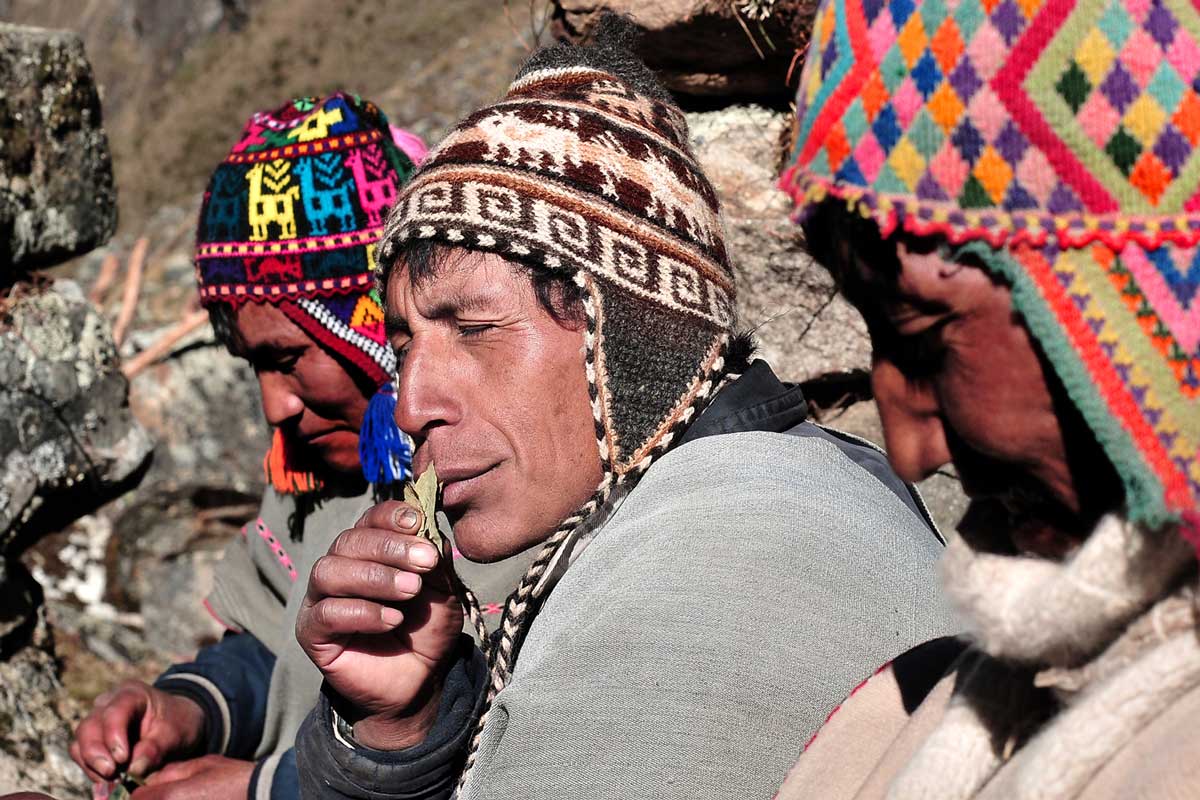
Salkantay also plays a central role in many local legends and myths. One legend recounts the rivalry between Salkantay and Ausangate, another sacred peak in the Andes. According to the story, the two mountains were once in conflict over the love of a beautiful woman, who is represented by the nearby Humantay Lake. This myth highlights the deep connection that the local people have with their natural surroundings and their belief that the mountains are active participants in their spiritual world.
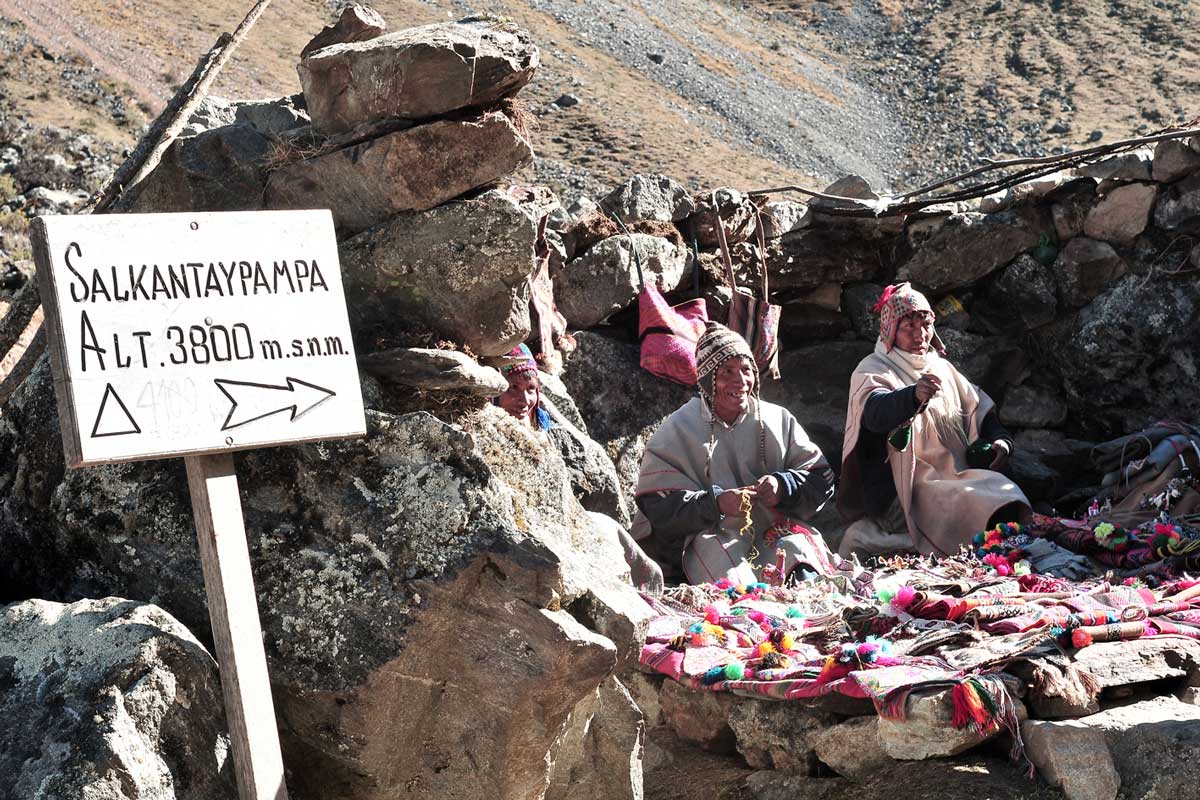
Salkantay Trekking
Today, the Salkantay Trek is one of the most popular alternative routes to Machu Picchu, offering adventurers a chance to connect with this sacred landscape. The trek passes through diverse ecosystems, from tropical forests to snow-capped peaks, providing a breathtaking journey that reflects the mountain's spiritual significance. Along the way, trekkers often encounter local communities who still practice the ancient traditions of their ancestors, thereby keeping the cultural heritage of the Andes alive.
Whether approached as a challenging trek or a spiritual pilgrimage, Mount Salkantay continues to captivate visitors. It stands as both a natural wonder and a symbol of the Andean people's enduring cultural and spiritual traditions.
Salkantay Trek: Hiking and Pilgrimage to the Guardian of the Andes
The Salkantay Trek begins in Cusco and continues to Soraypampa, where the trailhead marks the start of the hike toward the majestic Salkantay Mountain. The trek offers several itinerary options, including 4-day and 5-day routes, and even connects with the classic Inca Trail to Machu Picchu.
Renowned for its breathtaking natural scenery, the Salkantay Trek is an excellent alternative for those seeking a nature-focused adventure. This route takes you through towering Andean peaks and lush tropical jungles, providing a unique and immersive experience in some of Peru’s most remote and untouched regions.
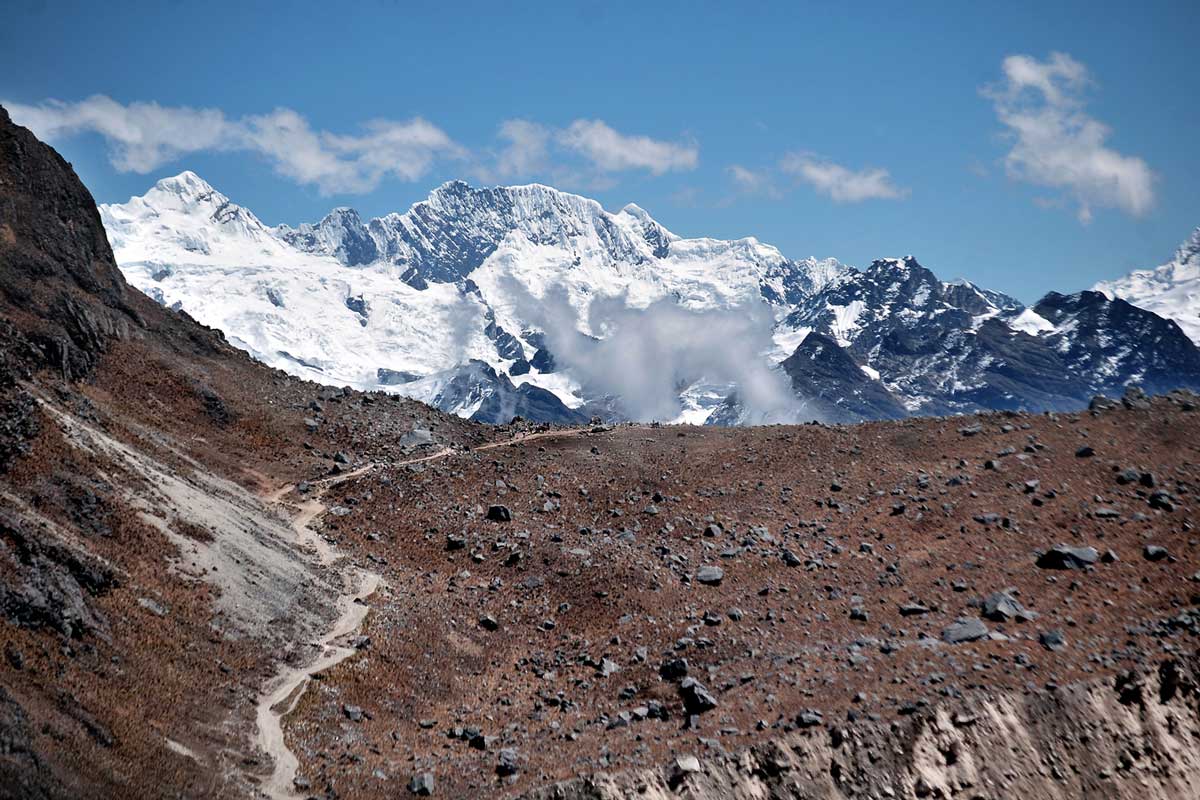
Salkantay Trek Itinerary
The Salkantay Trek usually starts in the charming towns of Mollepata or Soraypampa, located in the Apurimac Valley northwest of Cusco. You can reach these starting points by taking an early morning bus. The trek begins with a visit to the stunning Humantay Lake at the foot of the impressive Humantay Mountain. Be prepared for the cold on your first night camping beside the majestic, snow-covered peak of Salkantay. On clear nights, the sky reveals a dazzling array of stars, so a high-quality sleeping bag is essential for a comfortable night’s sleep.
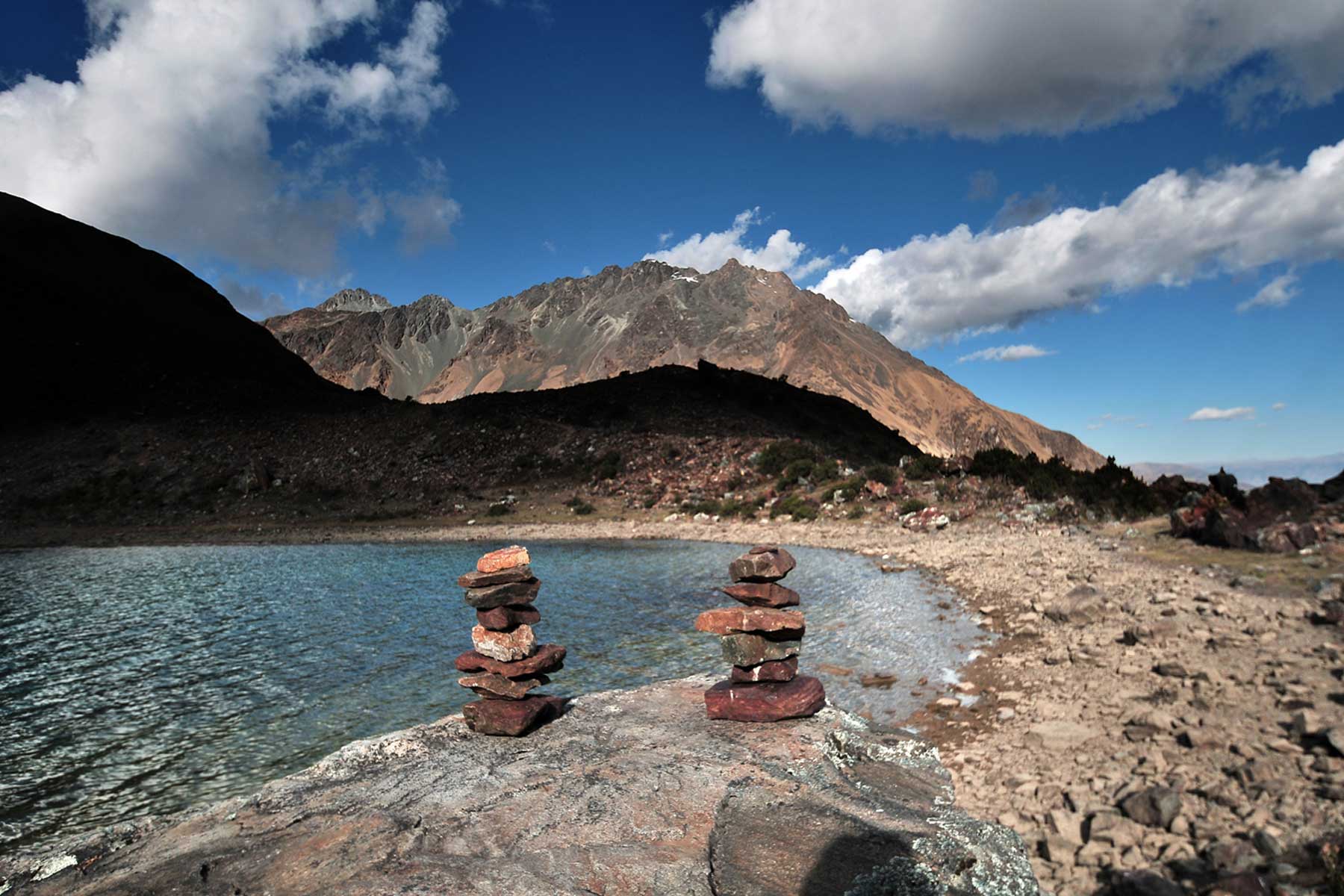
The region is characterized by striking contrasts: turquoise mountain springs, pristine white snow, and a vibrant blue sky. The Salkantay snow cap offers a unique landscape, crowned by towering peaks that dwarf those who venture there. As you continue the trek, each step reveals new, awe-inspiring vistas where nature takes center stage.
On the second day, the trail ascends sharply for about half the day, presenting a more challenging route than other treks. However, don’t let this deter you-many people in their 60s and older have completed it successfully. How long it takes you to finish the Classic Salkantay Trek or the Salkantay-Inca Trail combo depends on your physical endurance and determination. Those who are fitter and more determined may finish hours ahead of the group. Remember, though, that this journey is about savoring the once-in-a-lifetime experience, not racing to the finish line.
As the trek progresses, you will leave the snow-capped peaks behind and descend into lush, cloud-covered jungles. The transition from high-altitude terrain to tropical forests is spectacular. The path winds through diverse ecosystems, offering glimpses of vibrant flora and fauna unique to this region. With each step, the air grows warmer, and your anticipation of reaching iconic Machu Picchu builds.
On the third day of the trek, you will usually arrive in the small village of Collpapampa, where the landscape transforms into a lush paradise. This area is renowned for its waterfalls, hot springs, and lush forests. As you continue, the trail passes through coffee plantations and fruit orchards, offering a glimpse into the region's agriculture. The gentle sounds of the river accompany you as you walk, providing a soothing backdrop to the challenging hike.
By the fourth day, you will arrive in Lucmabamba, the starting point for the final ascent to the Llactapata Pass. A short hike from there leads to the Llactapata ruins, an often-overlooked Inca site offering a unique, distant view of Machu Picchu. This vantage point is a rare treat, offering a glimpse of the ancient city nestled among the peaks with the iconic Huayna Picchu rising in the background.
After enjoying the views, you will descend to the hydroelectric station. There, you can take a train or continue walking alongside the tracks to Aguas Calientes, the gateway to Machu Picchu. The bustling town offers a stark contrast to the solitude of the trek but is a welcome sight, as you are just a few hours away from your ultimate destination.

On the last day, you'll wake up before dawn and catch one of the first buses to Machu Picchu. The early start is well worth it, as you'll arrive at the ancient city before the crowds do. The morning mist will still be clinging to the Inca citadel. As you enter through the main gate, you'll be rewarded with a breathtaking view of Machu Picchu bathed in the soft light of dawn. Standing in the same place where the Incas once walked, surrounded by towering Andean peaks, you'll feel an overwhelming sense of achievement.
As your trek comes to an end, you will carry with you the memories of Salkantay Mountain, the diverse landscapes, and the spiritual significance of Machu Picchu long after you return home. This journey is about more than reaching a destination; it's about the experiences and connections made along the way. You'll leave with a profound appreciation for the beauty and mystery of Peru’s Incan heritage.
Explore variations of the Salkantay Trek: Tailor Your Journey to Machu Picchu
Several variations of the Salkantay Trek are available, including a five-day trek, a four-day trek, and a six-day trek. Some routes end in the town of Santa Teresa or at the Llactapata ruins, which are just a short walk from the train station at the hydroelectric plant. From there, it’s a one-hour train ride to Aguas Calientes. A new alternative route is the Salkantay to Inca Trail combo, which combines the Inca Trail with the rugged beauty of the Salkantay Trek.
